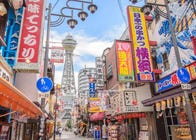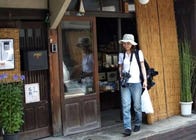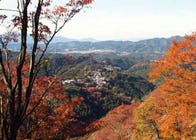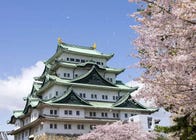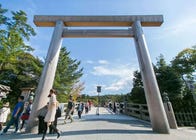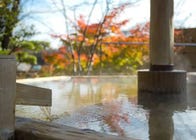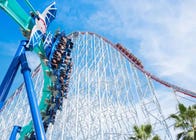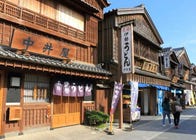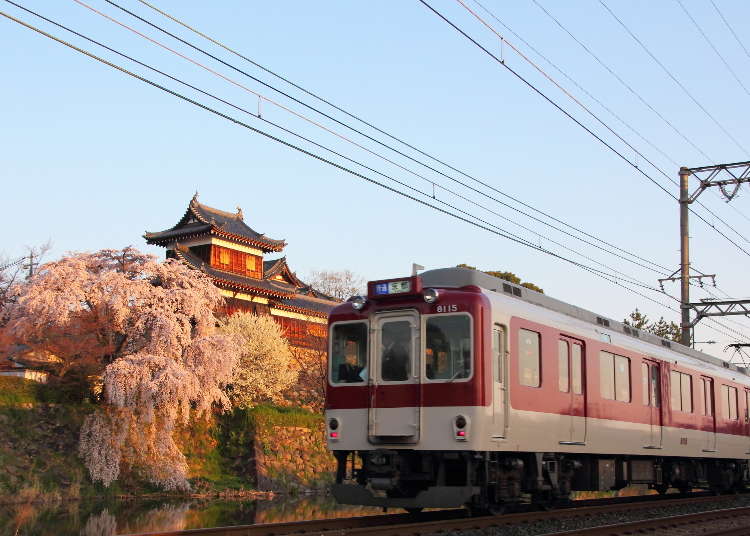
Learn all about the different types of Kintetsu Rail Pass to save money on travel during your trip through central Japan.
(Main image: PIXTA)
The Kintetsu Rail Pass offers unlimited travel on Kintetsu train lines and specific bus routes to some of the most popular destinations in Japan, including Kyoto, Osaka, and Nara.
Available in four different formats, the Kintetsu Rail Pass allows you to travel to major cities as well as more remote and lesser-traveled corners of many of Japan’s most beautiful prefectures. Alongside world-famous landmarks and breathtaking scenery, the Kintetsu Rail Pass also allows you to enjoy a taste of ancient Japanese culture and wonderful cuisine.
Kintetsu Rail Pass Types & Prices
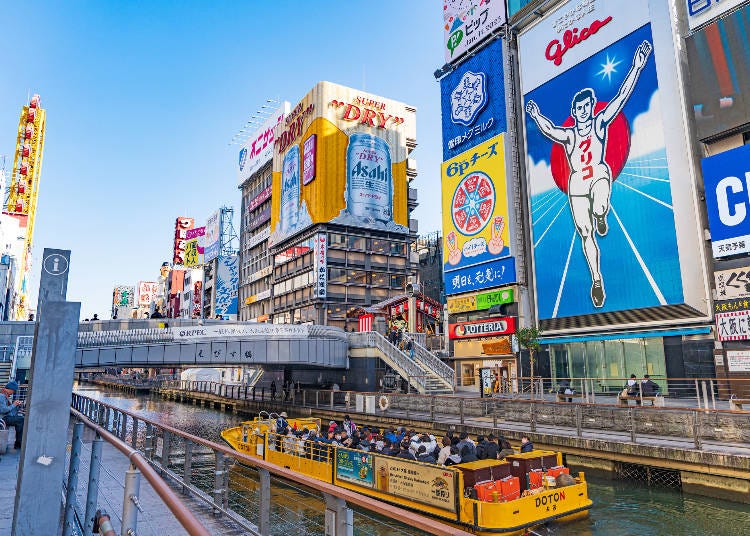
There are four types of Kintetsu Rail Pass, a 1-Day Pass, a 2-Day Pass, a 5-Day Pass and the 5-Day Pass Plus. Here is a breakdown of the areas and the methods of transport that each pass covers.
The Kintetsu Rail 1-Day Pass
The 1-Day Kintetsu Rail Pass Travel allows unlimited travel on five train lines, one cable car and several bus routes in Japan’s Kansai region. Here are the main benefits of the Kintetsu 1-Day Rail Pass.
- Unlimited travel for one day between Kyoto, Osaka and Nara on Kintetsu train lines
- Unlimited travel on several local bus services in Nara City
- Small discounts on entry to a selection of sights around Kyoto, Nara and Osaka
The 1-Day Kintetsu Rail Pass can be used on the following train lines: the Kashihara Line, the Keihanna Line, the Kyoto Line, the Namba Line, and the Nara Line.
The 1-Day Kintetsu Rail Pass can also be used on the Ikoma Cable Car to reach Hozanji Temple and the Ikoma Sanjo Amusement Park. It also allows travel on several local Nara Kotsu bus services in Nara, most notably around Nara Park.
A full map of all of the services covered by the 1-Day Kintetsu Rail Pass can be found on the official website (PDF).
The Kintetsu 2-Day Rail Pass
The 2-Day Pass (valid for two consecutive days) includes travel on all of the same train lines and buses as the 1-Day Pass, as well as offering travel on an additional number of smaller, regional lines. Here are the main benefits of the Kintetsu 2-Day Rail Pass.
- Includes unlimited travel on all of the same train lines, buses and cable car as the 1-Day Kintetsu Rail Pass
- Also includes unlimited travel on an additional 10 mostly regional train lines
- Also covers direct trains to Yoshino, one of Japan’s most spectacular cherry blossom areas
The full list of train lines which can be used with the Kintetsu 2-Day Rail Pass is: the Domyoji Line, Gose Line, Ikoma Line, Kashihara Line, Keihanna Line, Kyoto Line, Minami Osaka Line, Nagano Line, Namba Line, Nara Line, Osaka Line, Shiga Line, Tawaramoto Line, Tenri Line, and Yoshino Line.
A full map of all of the services covered by the 2-Day Kintetsu Rail Pass can be found on the official website (PDF).
The Kintetsu 5-Day Rail Pass
The Kintetsu 5-Day Rail Pass covers a wider area than the 1-Day and 2-Day Passes. The main benefits of the Kintetsu 5-Day Rail Pass are:
- Includes unlimited travel on all of the same train lines as the 1 and 2 day Kintetsu Rail Passes
- Also allows travel to Nagoya
- Includes train travel to several destinations in Mie Prefecture, including Ise, Toba, Yunoyama Onsen and the Shima Peninsula
- Allows travel to Iga on the Iga Tetsudo Line
The Kintetsu 5-Day Rail Pass offers the chance to explore a wider area of Japan’s Kansai region, including a large area of Mie Prefecture. However, this pass does not include the option to travel by any bus services.
The additional lines that you can travel on with the Kintetsu 5-Day Rail Pass are the Kintetsu-Nagoya Line, the Kintetsu-Shima Line, the Kintetsu-Toba Line, the Kintetsu-Yunoyama Line, and the Kintetsu Yamada Line.
A full map of all of the services covered by the 5-Day Kintetsu Rail Pass can be found on the official website (PDF).
The Kintetsu 5-Day Rail Pass Plus
The Kintetsu 5-Day Rail Pass Plus covers the exact same train lines as the regular 5-Day pass, but also includes travel on several bus routes in the region, namely the Mie Kotsu bus, Nara Kotsu, and Toba City Kamome bus service.
A full map of all of the services covered by the Kintetsu 5-Day Rail Pass Plus can be found on the official website (PDF).
Comparing the Costs of the Two Types of Kansai Railway Pass
- Cost for Adults: 1,800 yen
- Cost for Children: 900 yen
- Cost for Adults: 3,000 yen
- Cost for Children: 1,500 yen
- Cost for Adults: 4,500 yen
- Cost for Children: 2,250 yen
- Cost for Adults: 5,700 yen
- Cost for Children: 2,850 yen
Who Might Benefit the Most from the Kansai Railway Pass?
Thanks to the various formats of the Kansai Railway Pass, this travel pass should be of interest to anybody spending any amount of time in the Kansai region. The 2-Day Pass in particular gives visitors the chance to spend a good amount of time in Kyoto or Osaka with a day trip to Nara or the cherry blossoms in Yoshino, for example.
The Kintetsu 5-Day Rail Pass will also be of interest to anyone looking to explore some of the lesser-visited corners of Japan as this pass makes it easy to visit a wider area of Japan’s Kansai region. As well as the city of Nagoya in Aichi Prefecture, with the 5-Day pass you can also discover much of the beautiful and often overlooked prefecture of Mie.
Where to buy the Kintetsu Rail Pass
The Kansai Railway Pass can be bought online from Kintetsu or through travel agents such as Klook.
Why Choose the Kintetsu Rail Pass?
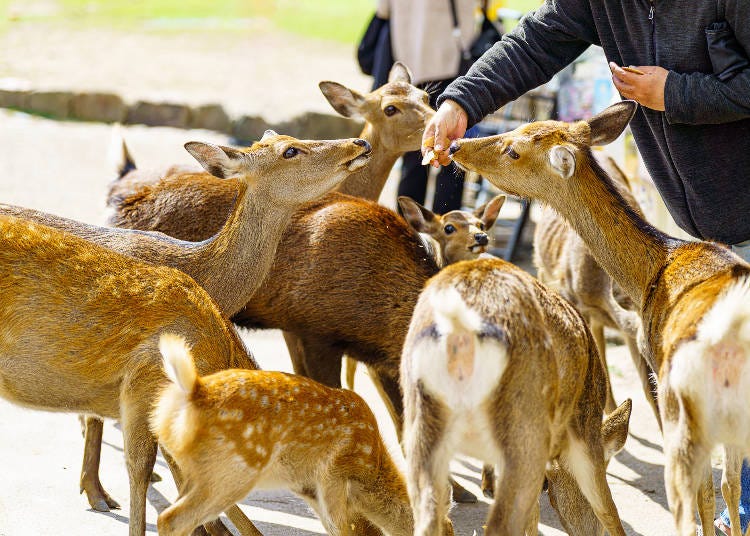
Save Money on Travel in and Around Kansai
The Kintetsu Rail Pass is a great way to save money on transport and traveling in the Kansai region. This is particularly true of the 2-Day and 5-Day versions of the pass, which can be used to travel to a variety of destinations in Kansai.
As they cover the widest area, the two 5-Day Kintetsu Rail Passes in particular are both very good value for money. The cost of either of the 5-Day passes are easily a lot lower than the price you would pay for individual journeys between the destinations that they cover.
Save Time During Your Trip
As well as saving money, with the Kintetsu Rail Pass you can also save a fair amount of valuable holiday time. By buying a rail pass you won’t need to queue up to buy individual tickets for every trip that you need to take.
Save Money with Discounts on Entrance Fees and Shopping in Certain Stores
As well as saving money on train travel, the Kintetsu Rail Passes also offers discounts on entry to a number of attractions throughout the region. The passes can also be used to receive discounts when shopping in certain stores, including major chains like Don Quijote and BicCamera.
Drawbacks of the Kintetsu Rail Pass
You’ll Need to Pay Extra For Limited Express Trains
The Kintetsu Rail Pass does not include travel by Limited Express trains on the Kintetsu rail network. Limited Express trains are faster, usually direct and are much more comfortable trains with reserved seating. If you’d prefer to travel by a Limited Express service you will need to pay an additional fee to use them.
Local Transport Options in the Major Cities are Not covered
While the Kintetsu Rail Passes are a good way to get to Kyoto, Osaka and Nagoya, they can’t be used on any local train or bus services in any of these cities. If you do travel to any of these destinations, you will also need to buy additional tickets to use local rail, subway or bus services to get around.
You Might Need to Do a Lot of Traveling to Justify the 1-Day Pass
To get the most value for money from the 1-Day Pass you would have to do a lot of traveling in a single day. For example, the cost of the 1-Day Pass is fractionally more expensive than a return ticket to Nara from Kyoto. You would get your money’s worth if you then used the pass to travel on local buses in Nara, or by adding an evening out in Osaka before returning to Kyoto, but some travelers might not want to cram so much into one day.
Passes Can’t Be Used on Any Japan Railways Services
As this pass only covers services operated by Kintetsu it cannot be used on any trains run by Japan Railways (JR). JR is the largest train company in Japan and runs dozens of lines and services in the area covered by the Kintetsu Rail Pass. If you need to take any JR’s trains or Shinkansen, you will need to pay extra to use them.
The Main Sights to See with the Kintetsu Rail Pass
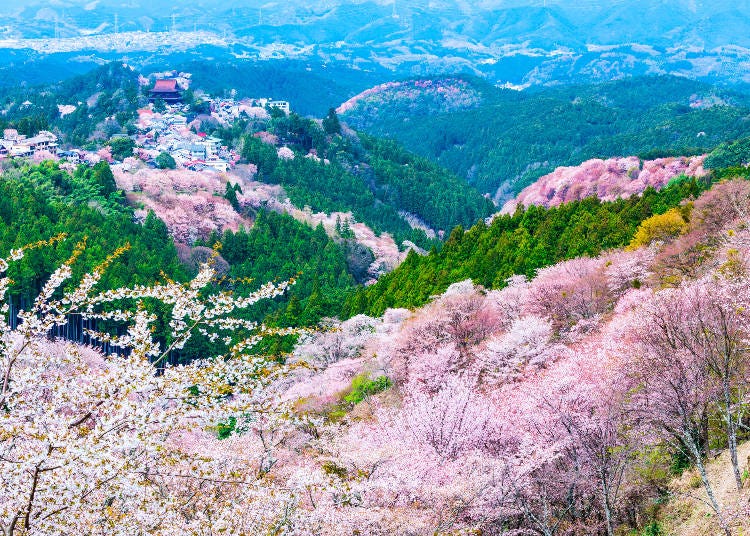
Each of the 1-Day, 2-Day and 5-Day Kintetsu Rail Passes covers an expanding area of Kansai.
Here is a list of the main destinations that can be visited with the Kansai Railway Pass, starting with the 1-Day Pass.
1-Day Pass
Kyoto - The historic capital is one of the most popular tourist destinations for visitors to Japan. The city is famed for its historic temples, including the torii gates at Fushimi Inari Shrine and the stunning views from Kiyomizu-dera. Also amongst the city’s most popular sites are the geisha district of Gion, Hōkan-ji Temple’s pagoda as seen from Sannenzaka and the beautiful Arashiyama Bamboo Grove.
Osaka - The third largest city in Japan, Osaka is full of famous landmarks and attractions, including Osaka Castle, Shitennoji Temple and the symbol of the city, the Tsutenkaku Tower. One of the best places to eat in Japan, Osaka comes alive at night, particularly in the vibrant areas of Shinsekai and Dotonbori, home to another of the city’s most famous sights, the Glico Running Man.
Nara - Another of Japan’s former capital cities, Nara is perhaps most famous for the cute, head-nodding deer that freely roam through Nara Park. Nara Park also features several ancient temples and shrines, including Todaiji, home to a 15m tall statue of Buddha, and Kasugataisha Shrine, reached by a lantern-lined path in the heart of the park.
Hozanji and Ikoma Sanjo Amusement Park - The Ikoma Cable Car climbs Mount Ikoma, stopping at Hozanji Temple, which dates from the 7th century, and the Ikoma Sanjo Amusement Park, a retro theme park with magnificent views across Nara Prefecture. The kitsch and colorful cable cars alone are worth making the trip to see, shaped in the style of cats, dogs and even cakes.
2-Day Kintetsu Rail Pass
Yoshino - The main draw of the 2-day pass is the ability to travel to Yoshino from Osaka’s Abenobashi Station. In spring, Yoshino is one of the most stunning cherry blossom spots in Japan. Around 30,000 sakura trees cover the slopes of Mount Yoshino which typically come into full bloom in the first few weeks of April.
Kashihara - The historic town of Kashihara was also once the capital of Japan, if only for a very brief period in the 7th century. Today Kashihara’s most famous site is Kashihara-jingu Shrine, built in 1890 to honor Emperor Jimmu, the very first Emperor of Japan. Amongst the shrine’s huge grounds are the Mausoleum of Emperor Jimmu and the picturesque Fukuda Pond. Kashihara’s Imaicho district features streets lined with around 500 beautiful historic buildings dating from Japan’s Edo Period.
5-Day Kintetsu Rail Pass
Nagoya - The capital of Aichi Prefecture, Nagoya’s most famous landmark is Nagoya Castle, which was reconstructed following the Second World War. A great place to visit with children, Nagoya features several attractions that are great for young and old alike, including the Nagoya City Science Museum, the SCMAGLEV and Railway Park rail museum, LEGOLAND® Japan and Ghibli Park, inspired by locations and settings seen in the films of Studio Ghibli.
Ise - The city of Ise in Mie Prefecture is home to the Ise Grand Shrine, the most sacred Shinto shrine in Japan. Ise Grand Shrine has been a place of pilgrimage for centuries and still attracts millions of tourists each year. The main buildings of both shrines are dismantled and completely rebuilt every twenty years.
Toba and the Shima Peninsula - Located just to the southeast of Ise, Toba is a city with a fascinating range of attractions. In between Ise and Toba is Futamiokitama Shrine, which is most famous for the Meoto Iwa, two seabound sacred rocks that represent man and woman that are joined by a straw rope called a shimenawa.
Also in Toba is Toba Aquarium, home to over 1000 species of animals, while at the Pearl Museum on Mikimoto Pearl Island you can discover how pearls were first cultivated. You can watch a display of women divers called ama diving for pearls in the waters just next to the museum.
Pearls are still cultivated in Ago Bay, a beautiful area of tree-covered islands at the southern tip of the Shima Peninsula. Also located here is Shima Spain Village, a unique Spanish-themed amusement park with numerous roller coasters and rides.
Yunoyama Onsen - If you’re looking to soak in the region’s restorative hot spring waters, be sure to visit Yunoyama Onsen, one of the oldest onsen resorts in Japan. There are several ryokans and hot spring resorts located throughout this small town that sits at the foot of Mount Gozaisho. Bathing in Yunoyama Onsen’s hot spring waters is said to help give your skin a youthful appearance.
Iga Ueno - During Japan’s feudal era the small city of Iga Ueno was home to several ninja schools. Today, you can learn all about the fascinating lives and times of feudal ninja warriors at the Iga Ninja Museum. The museum also displays a range of original ninja weapons and there are demonstrations of authentic fighting techniques. Next to the museum is Iga Ueno Castle, a reconstruction of the original that was rebuilt using wood in the 1930s after the original was destroyed by a storm.
5-Day Rail Pass Plus
Nabana No Sato - The main benefit of the 5-Day Pass Plus is that it allows you to reach Nabano No Sato directly by bus. Nabana No Sato is a giant flower park next to the Nagashima Resort on the edge of Mie Prefecture and close to Nagoya. Though worth visiting in any season, Nabano no Sato is particularly special from around mid-October to early May thanks to the garden’s spectacular winter illuminations display, one of the biggest in Japan.
Practical Information About the Kintetsu Railway Pass
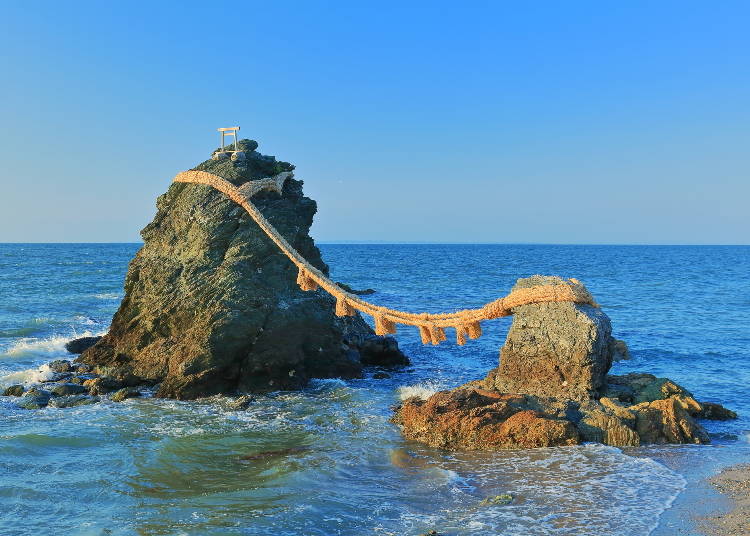
Who is eligible to buy a Kintetsu Rail Pass?
Only visitors to Japan on a short-term temporary visitor visa can buy the Kintetsu Rail Pass. You will need to show your passport that proves that you are in Japan on a temporary visitor visa when you buy the Kintetsu Rail Pass.
How do I activate the Kintetsu Rail Pass?
When ordering the Kintetsu Rail Pass you will be sent a QR code by email. You will need to show this QR code at a Kintetsu ticket office to exchange it for the physical rail pass at one of the following stations - Osaka Namba Station, Osaka Uehommachi Station, Osaka Abenobashi Station, Kintetsu Nara Station, Kyoto Station, Tsu Station or Kintetsu Nagoya Station.
The pass is a physical ticket that you will need to pass through ticket barriers to enter and exit train stations. At stations without barriers or if traveling by bus simply show your ticket to station staff or the bus driver.
Does the Kintetsu Rail Pass have to be used on consecutive days?
Yes - the 2-Day Pass and both types of the 5-Day pass have to be used on consecutive days.
How long is the Kintetsu Rail Pass valid for?
The pass is available to buy all year round and is valid for six months from the date of purchase. Once activated, the pass is then valid from the date of first use until the pass expires.
Alternatives to the Kintetsu Rail Pass
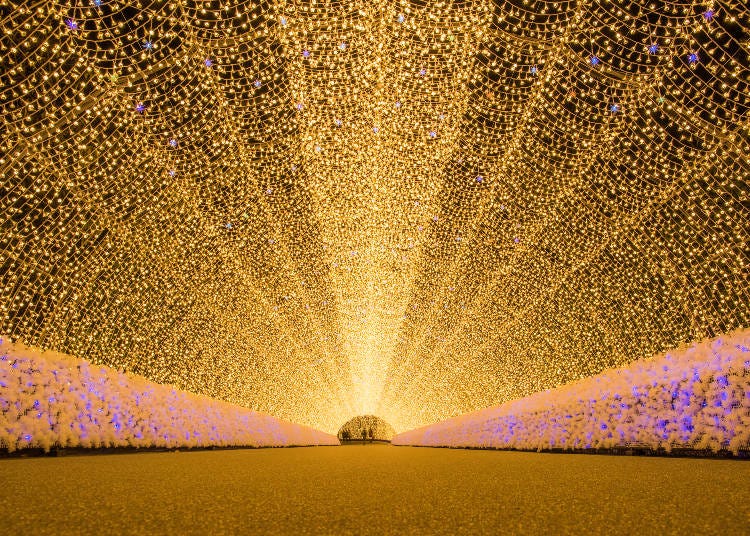
Here are a few alternatives to the Kintetsu Rail Pass that you might want to consider.
- Kansai Railway Pass - Available as a two or three day pass, the Kansai Rail Pass allows unlimited travel on twenty private train lines to many major destinations across the region, though it cannot be used on any Japan Railways (JR) lines.
- JR West Kansai Area Pass - Available as a 1, 2, 3 or 4 day pass, this pass offers unlimited travel on local JR trains and buses in Kansai. The pass also allows you to travel on the Kyoto City Subway, the Keihan Railway and Hankyu Railway lines, but it does not include travel on bullet trains.
- JR Kansai WIDE Area Pass - Similar to the JR West Kansai Area Pass, this 5 day pass offers unlimited train travel on JR trains across a larger area of Kansai, including some Shinkansen and Limited Express routes. As well as the Kansai region this pass can also be used on some services to other nearby areas, including Tottori, Okayama and Takamatsu.
Conclusion - Discover More of Kansai with the Kintetsu Rail Pass
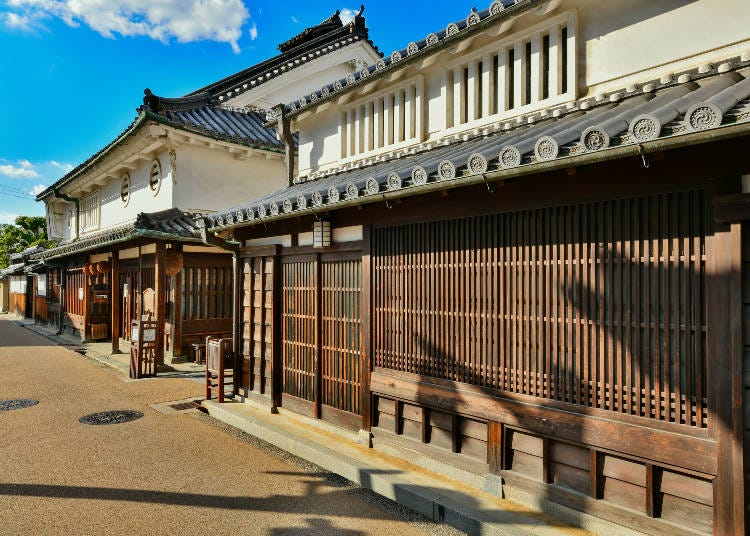
The Kintetsu Rail Pass can be a great way to save money on traveling by train and bus across the Kansai Region. The 2-Day and 5-Day options are particularly good value for money, as they allow enough time to travel further distances and take advantage of the savings that the Kintetsu Rail Pass offers.
For Kintetsu Rail Pass pass details, see the official website (https://www.kintetsu.co.jp/foreign/english/ticket/)
Written by:

*Prices and options mentioned are subject to change.
*Unless stated otherwise, all prices include tax.
Limited time offer: 10% discount coupons available now!
Recommended places for you
-
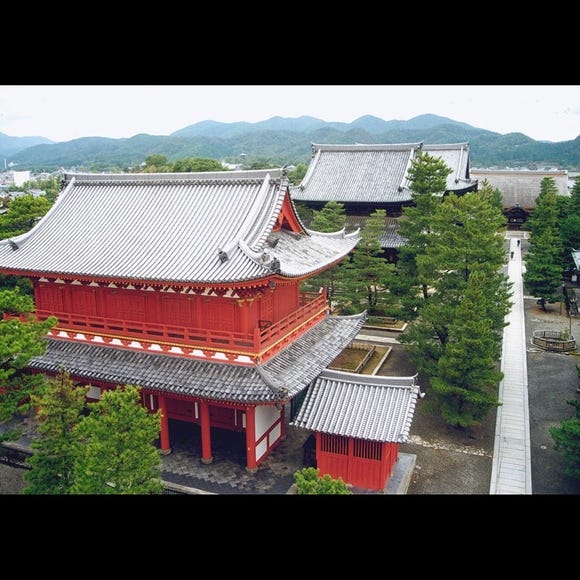
Myoshin-ji Temple
Temples
Arashiyama, Uzumasa
-
Goods

Yoshida Gennojo-Roho Kyoto Buddhist Altars
Gift Shops
Nijo Castle, Kyoto Imperial Palace
-

Jukuseiniku-to Namamottsuarera Nikubaru Italian Nikutaria Sannomiya
Izakaya
Kobe, Sannomiya, Kitano
-
Menu
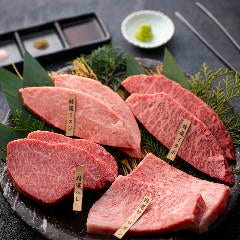
ISHIDAYA Hanare
Yakiniku
Kobe, Sannomiya, Kitano
-
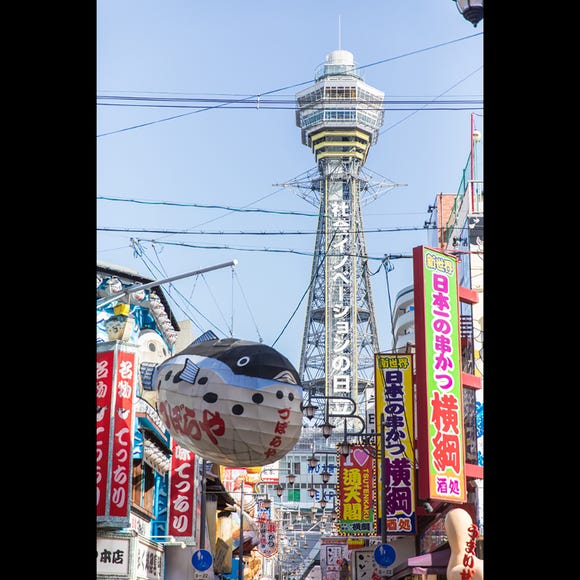
Tsutenkaku Tower
Landmarks
Shinsekai, Tennouji, Tsuruhashi
-
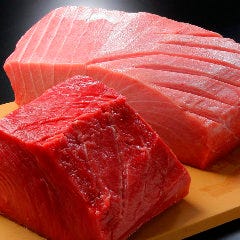
Kamesushi Sohonten
Sushi
Umeda, Osaka Station, Kitashinchi
-

Opened in Spring 2024! What to do at Tokyu Plaza Harajuku Harakado
-

Everything You Need To Know About the Kyoto-Osaka Sightseeing Pass
-

15 Must-Try Restaurants in Ikebukuro: From Aged Yakiniku to All-You-Can-Eat Sushi, Plus Adorable Animal Cafés
-

15 Must-Try Sushi Restaurants in Tokyo (+5 Trending Areas to Explore for Foodies)
-

12 Unique & Fun Tokyo Food Tours to Enjoy in 2024
-

A Complete Guide to the JR West Kansai Area Pass
-
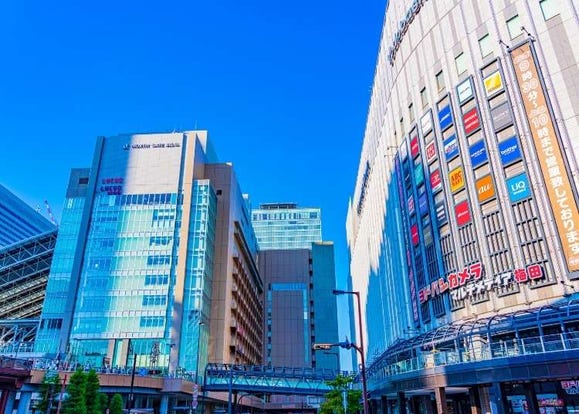
8 Best Osaka Shopping Districts: Where to Shop and What to Buy There
-

Universal Studios Japan: Guide to Osaka's Giant Theme Park Attractions!
-
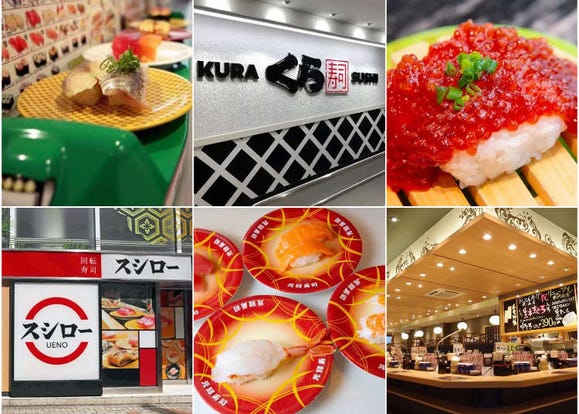
Enjoying Conveyor Belt Sushi in Japan: 15 Popular Chains, Ordering Tips, and More
-

THE LIVELY Osaka Honmachi: This Cutting-Edge Dream Hotel Awaits You!
-
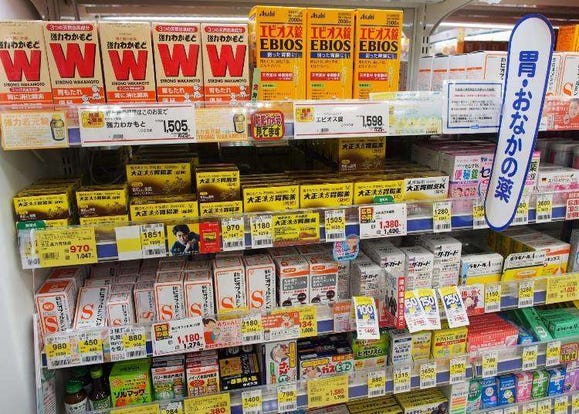
Complete Guide to Buying Japanese Medicine in Japan: Phrases and Vocabulary You Need to Know
-
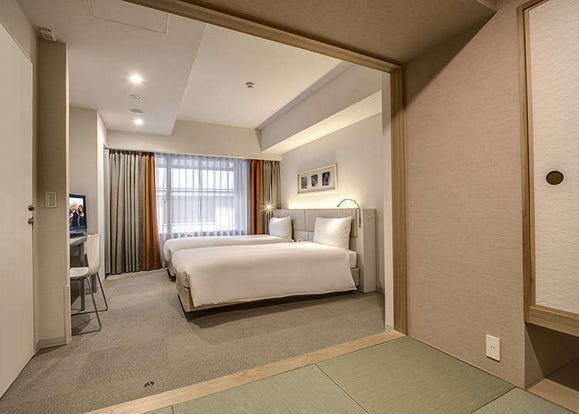
10 Best Hotels Near Kyoto Station: Budget-friendly, Perfect for Kyoto Sightseeing
- #best gourmet Osaka
- #things to do Osaka
- #what to do in kyoto
- #what to bring to japan
- #best gourmet Kyoto
- #new years in Osaka
- #what to buy in nanba
- #Visiting Osaka
- #onsen tattoo friendly arima
- #daiso
- #Visiting Kyoto
- #best japanese soft drinks
- #japanese fashion culture
- #japanese convenience store snacks
- #japanese nail trends














